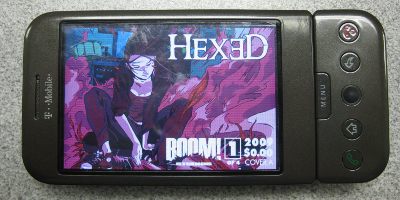For the longest time, I figured Twitter was little more than a social toy. But after signing up two months ago, I’ve completely changed my view. Here are five lessons I’ve picked up.
1. There are many ways to use it.
Twitter asks the question, “What are you doing?” Some people answer that, and post things like, “eating dinner.” Some people ignore it and post other thoughts. Among the uses I’ve seen:
- Running commentary throughout the day.
- Random thoughts.
- Announcements, particularly bloggers announcing new posts, or news sites announcing new articles.
- Hey, look at this link I found. (The classic linkblogging post.)
- Conversations with other users.
- Even a story told one line at a time. (@Othar, a side story connected to Girl Genius)
It can replace a blog, or complement it. Mine started out just as another feed for updates, but I quickly realized I could post small stuff on Twitter and save the blog for the long posts like this one.
I’ve seen some people who post 20 times a day, and others who post once or twice a month.
2. Writing short posts can be liberating.
You don’t need to think of a catchy title. You don’t need to worry about structure. You don’t need to worry about fully developing an idea. And the rapid-fire nature of the site gives you a sense that you’re only worrying about now. No one expects you to be profound. All you have to do is jot down your thought and fire it off.
3. Writing short posts can be frustrating.
One of my high school teachers used to quote this adage: “If I had had more time, I would have written a shorter letter.” It’s easy to ramble. It’s hard to edit. And it’s really easy to run into that 140-character limit, especially if you’re including a link (even if you use a URL shortening service like tr.im).
Sometimes I think what I want to say is short enough to fit, but I find myself spending several minutes trying to rephrase it, use shorter words, cut out unnecessary phrases, and, if I have to, abbreviate words just to cram it into that tiny space.
On the plus side, the result is usually very concise.
Continue reading →

